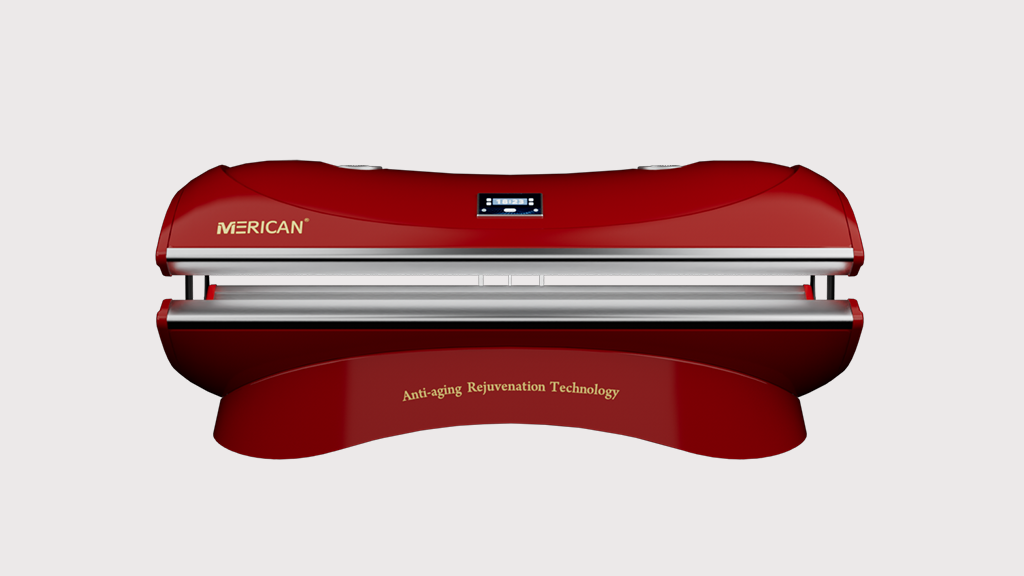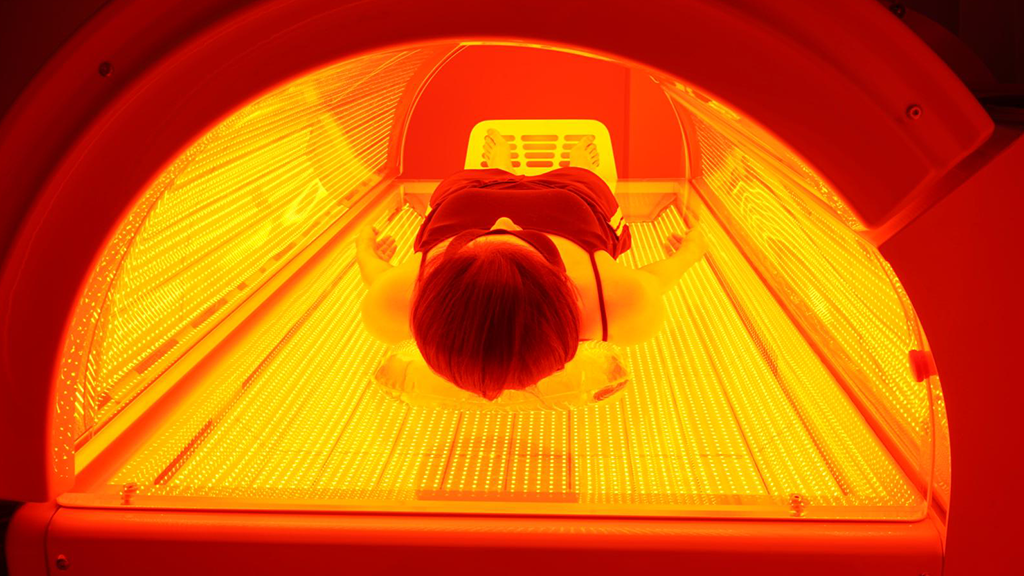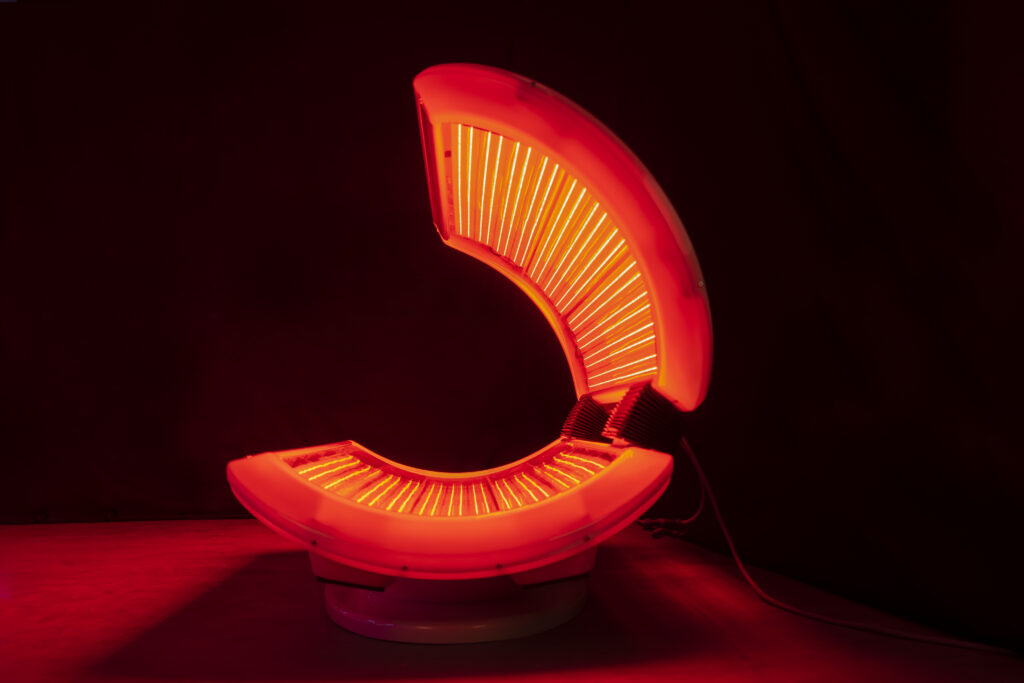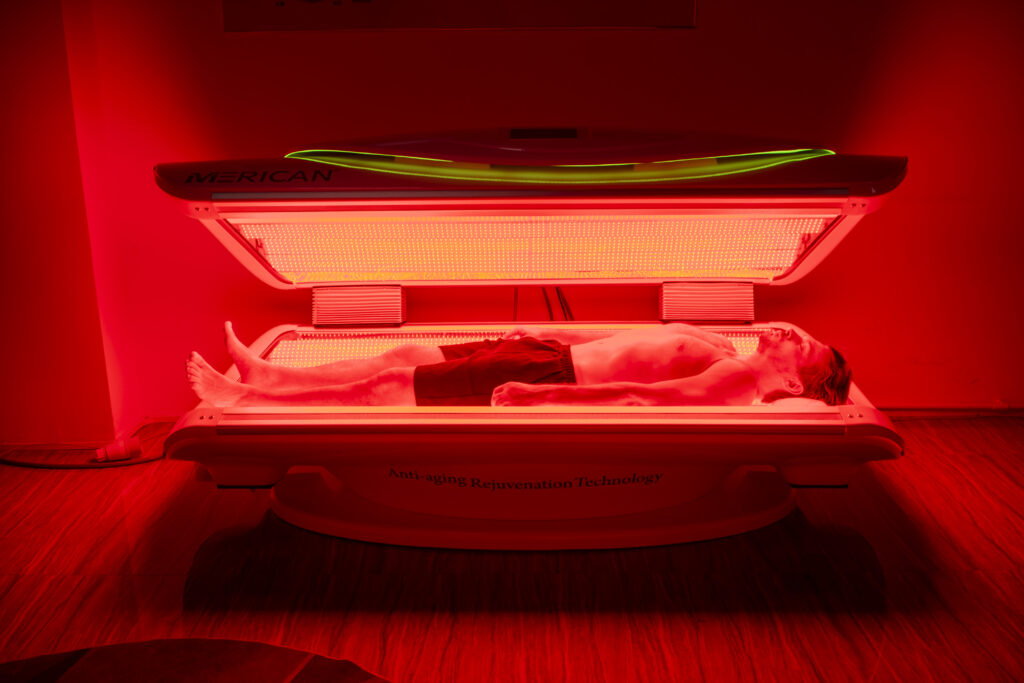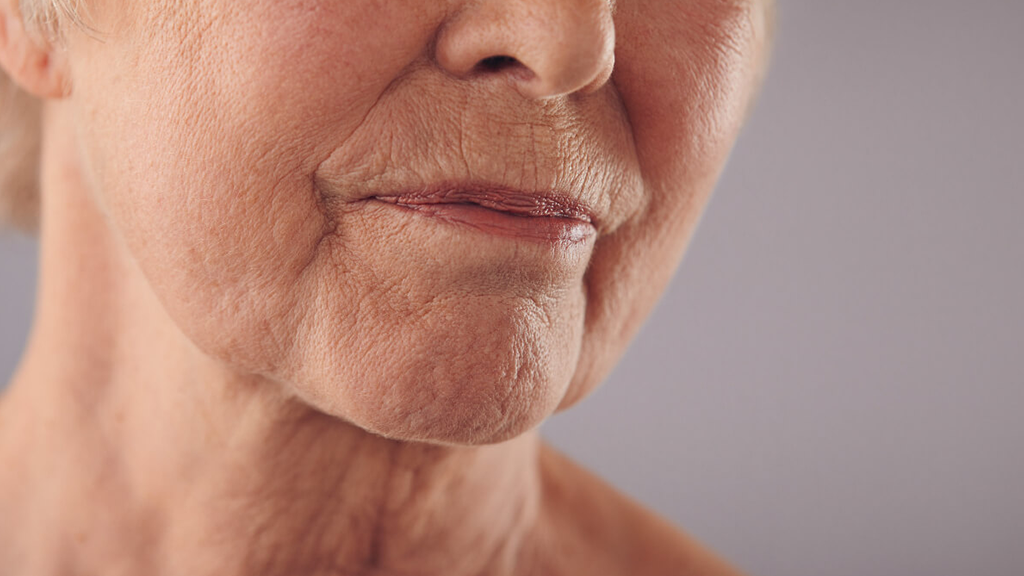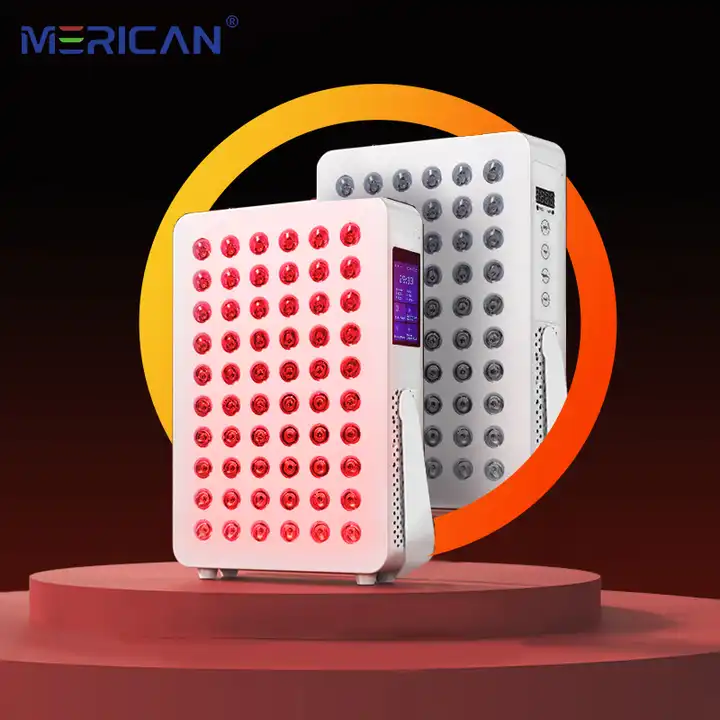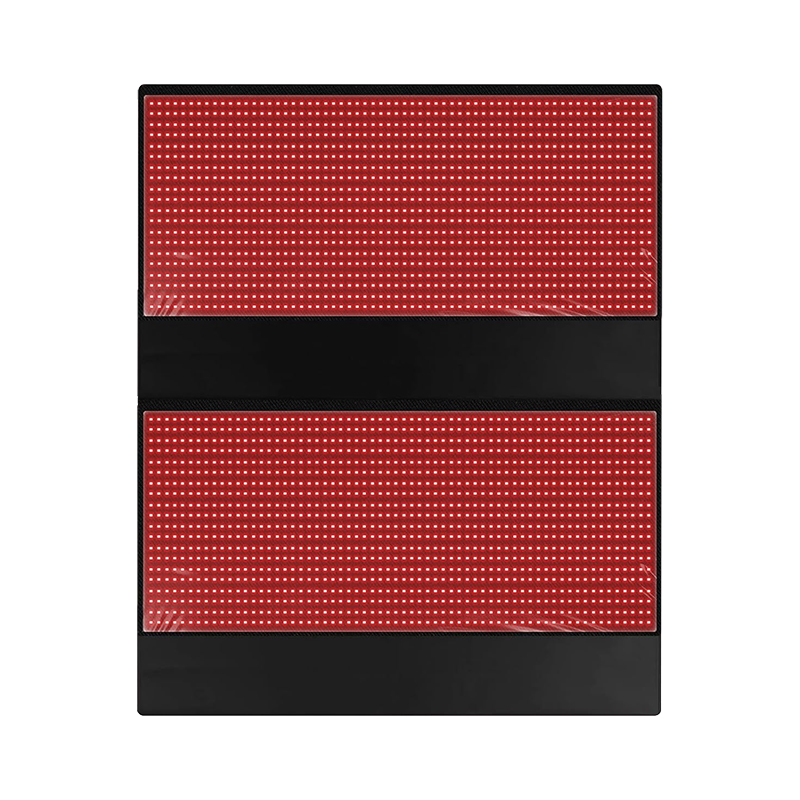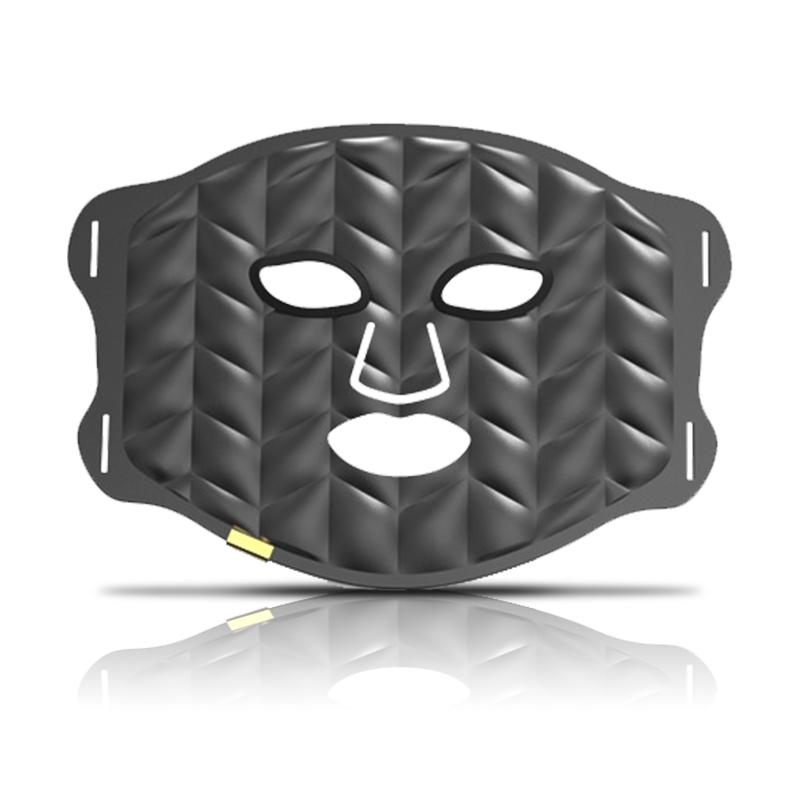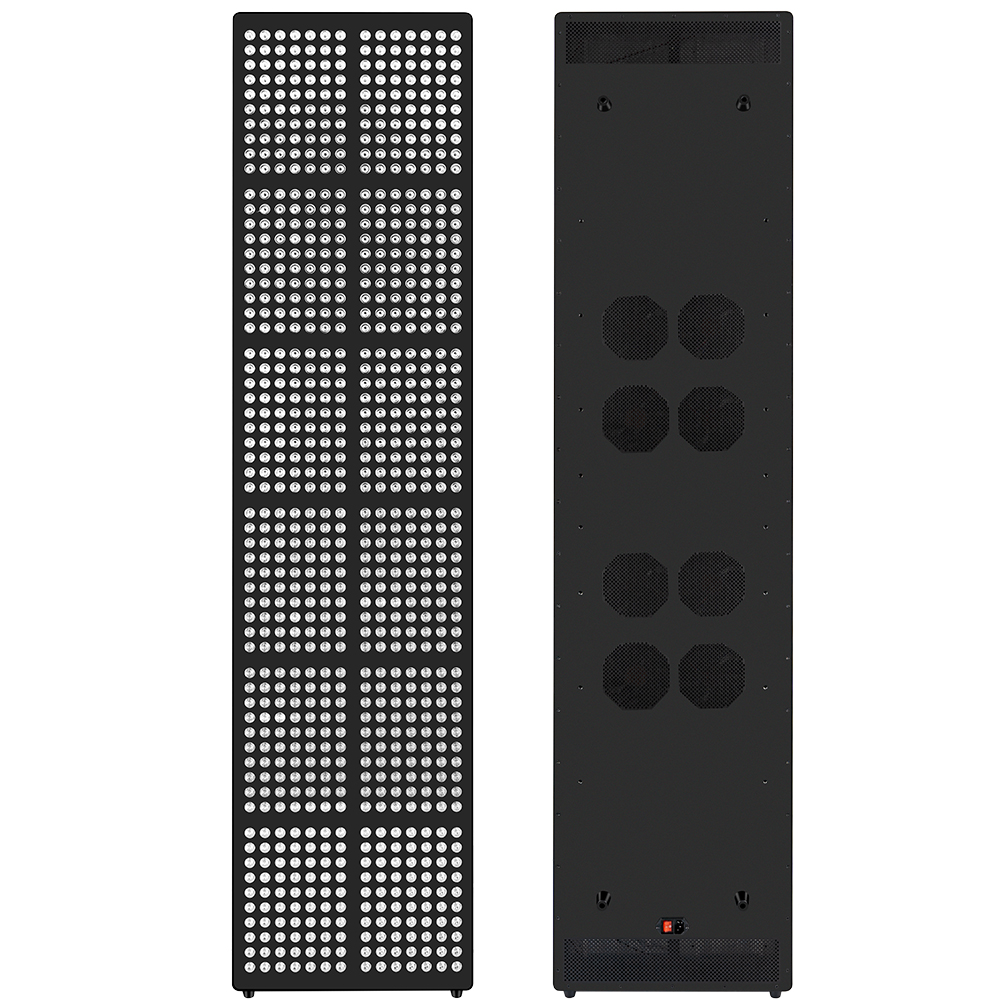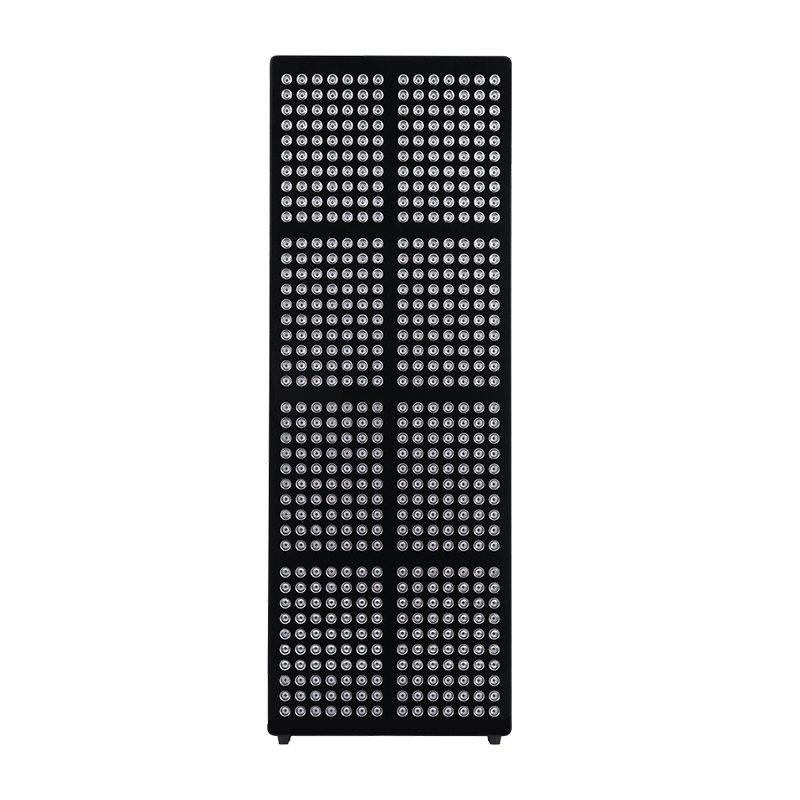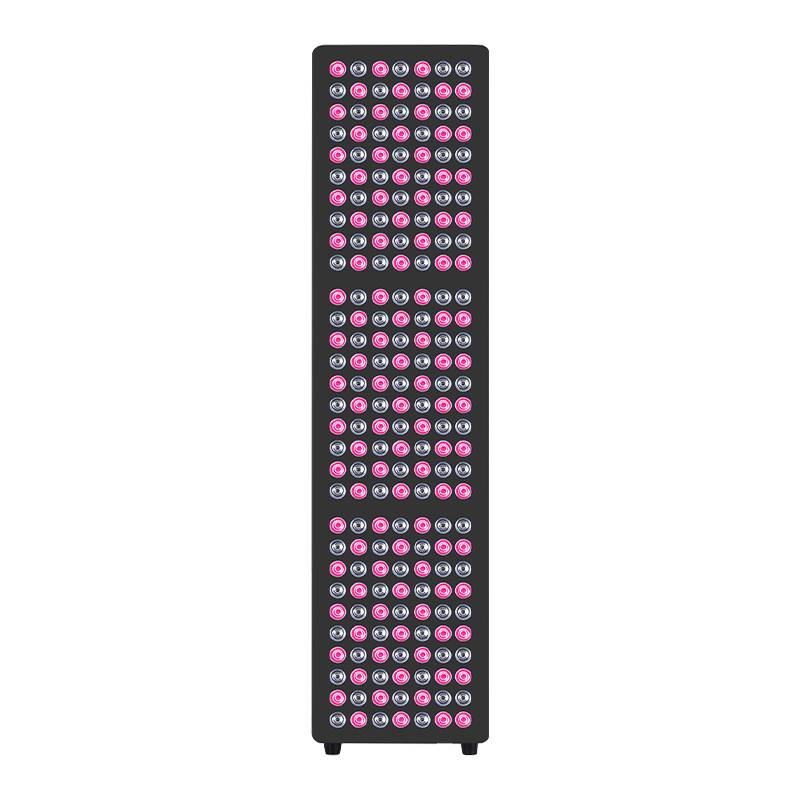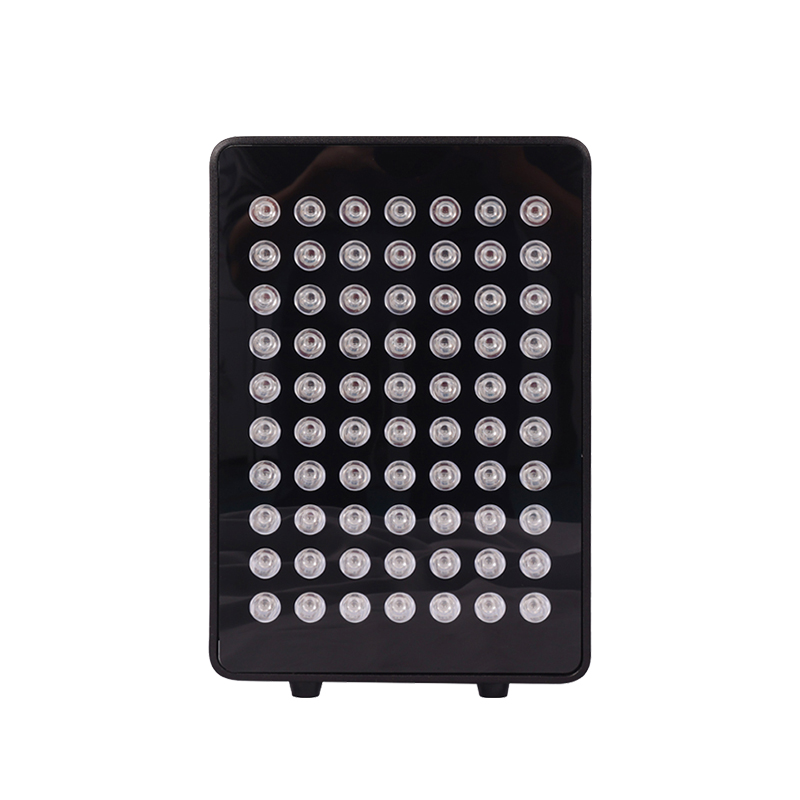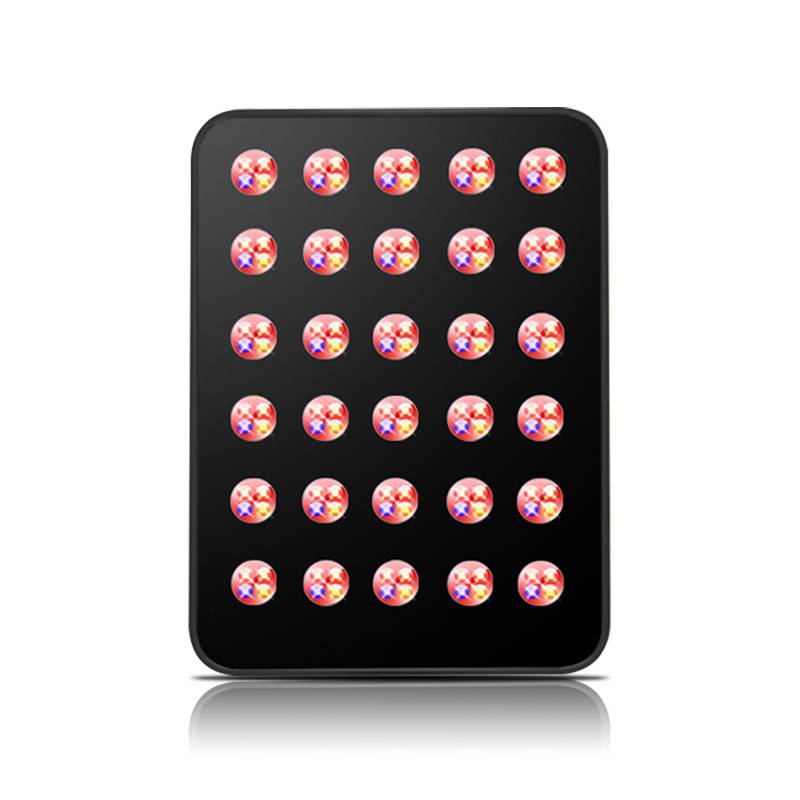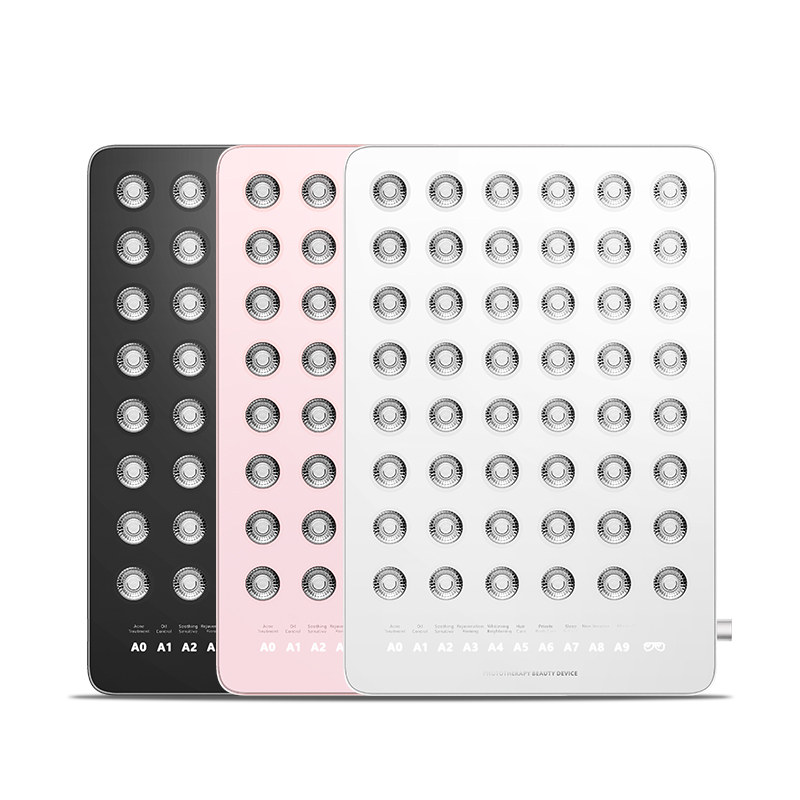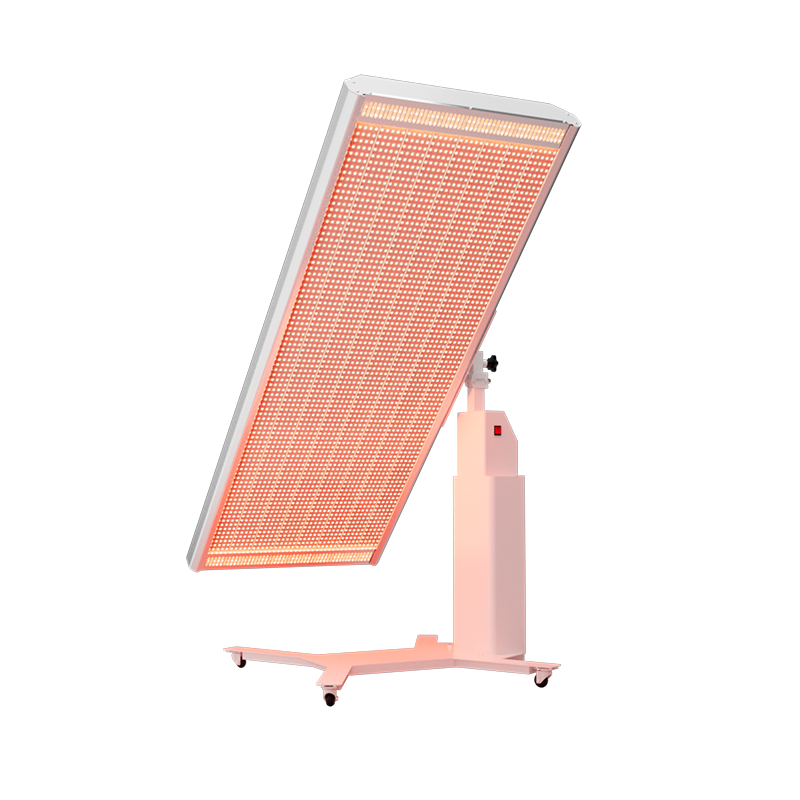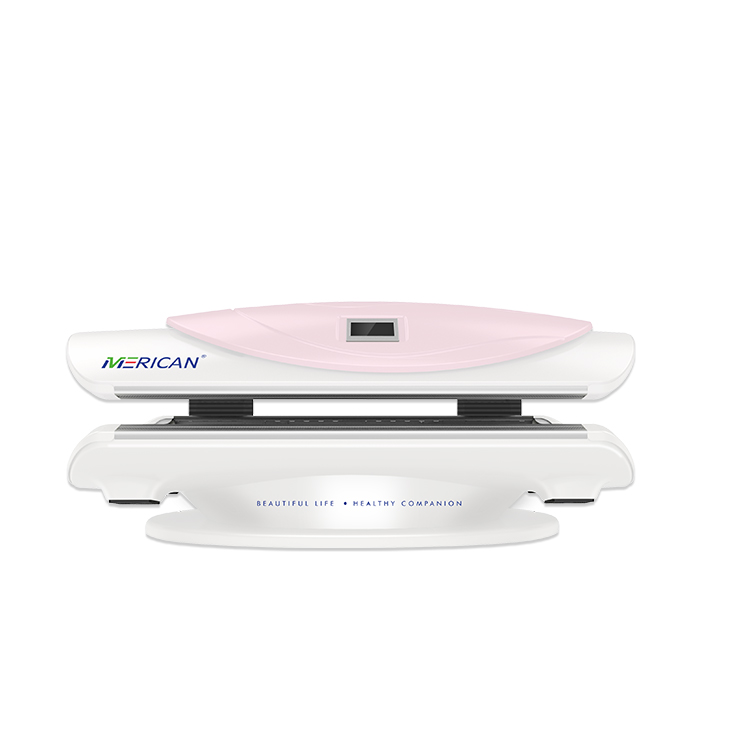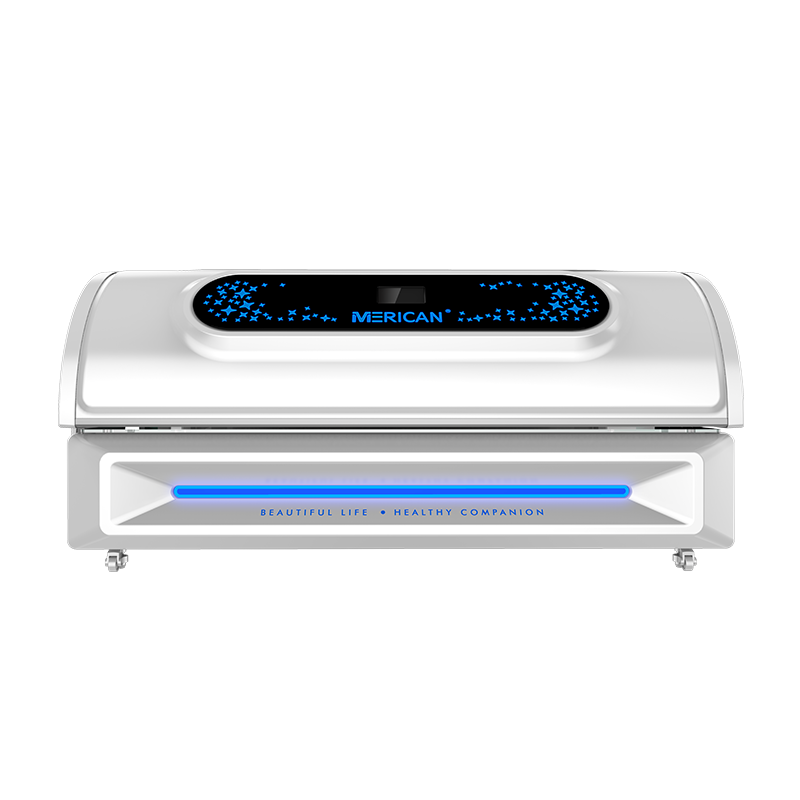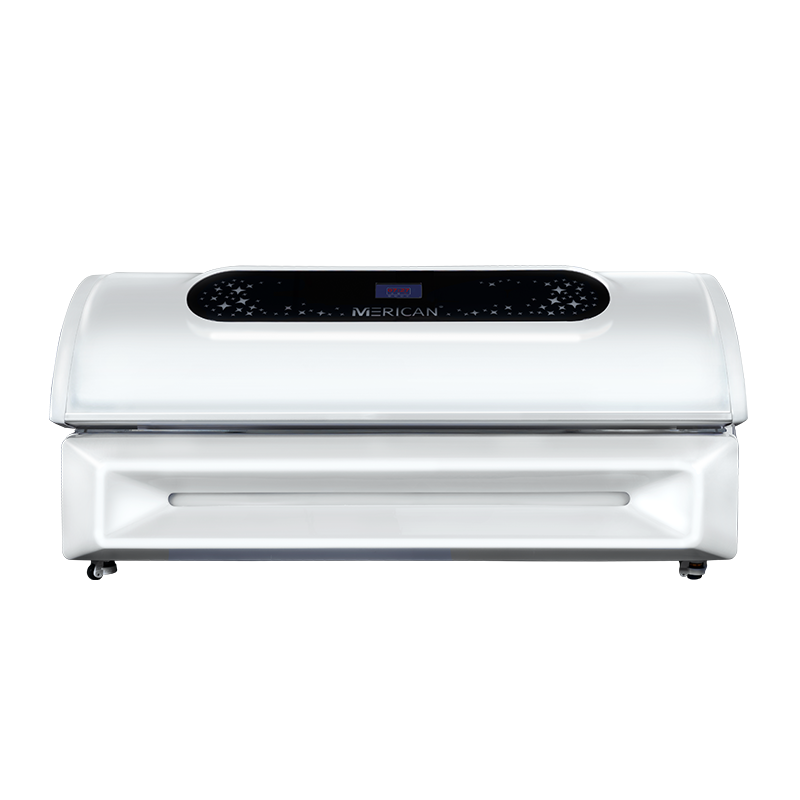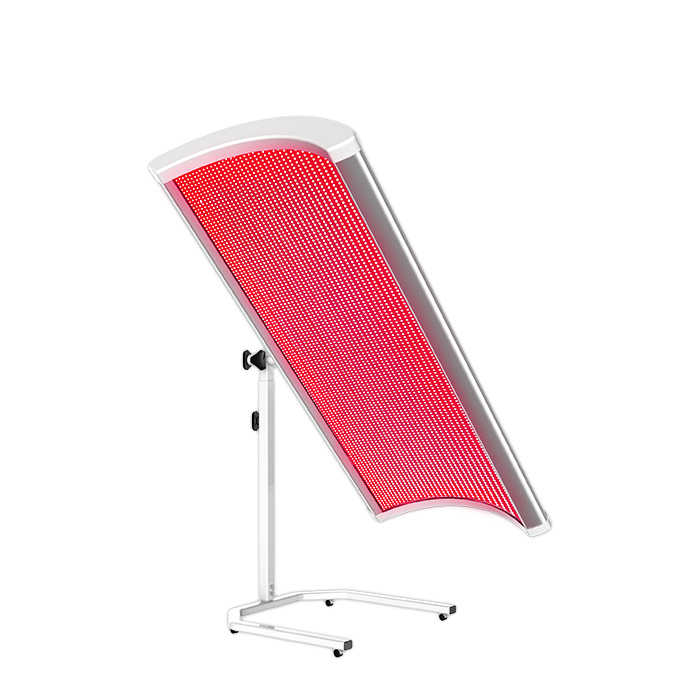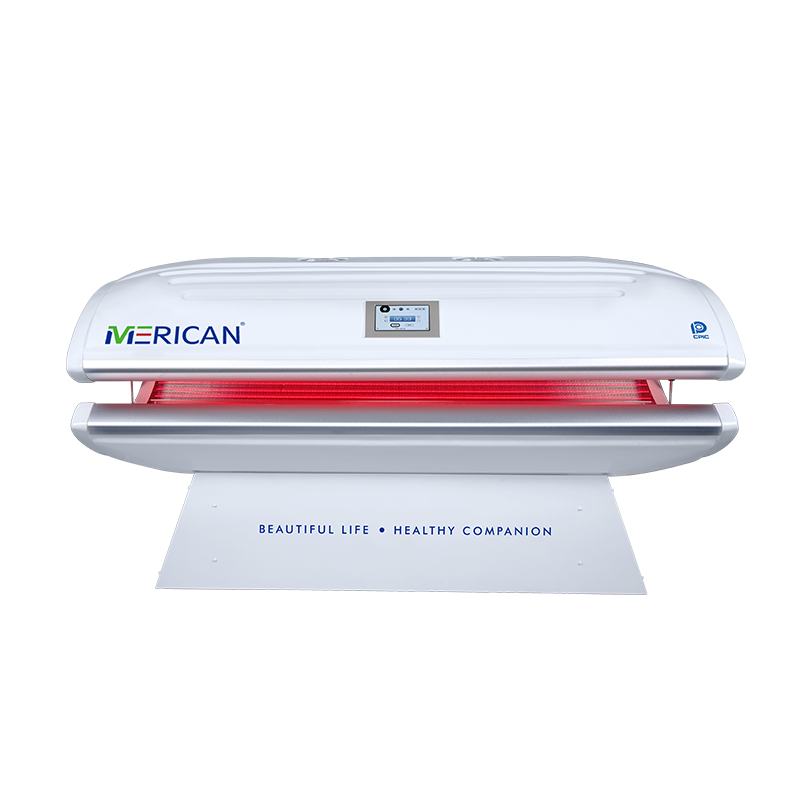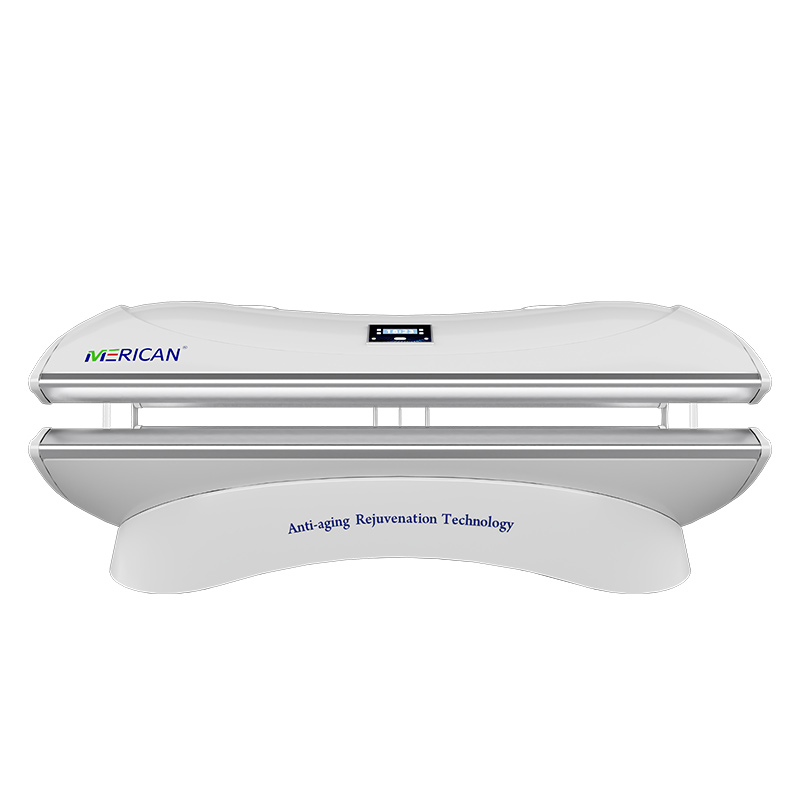Red light therapy beds (also known as red light therapy cabins) use special light to help you feel better. Red light therapy is different from UV tanning beds because it does not use UV radiation. It is a non-invasive treatment.
How well it works and the science behind it
1. It helps to repair the skin and reduce the appearance of age.
Make your skin produce more collagen. Studies have shown that red light can make your skin produce more collagen, a protein that helps keep skin looking young. It can also reduce the appearance of wrinkles and fine lines.
Get rid of acne: Kill the bacteria that cause spots and reduce oily skin (this has been approved by the FDA for treating spots).
Make scars less noticeable: Help your body to heal surgical scars and stretch marks by encouraging the growth of new skin cells.
Speed up wound healing: Make your body produce more energy (ATP) and recover faster.
2. Treating pain and reducing inflammation
A study in the Journal of Photomedicine found that joint pain relief can reduce pain scores by up to 40% for patients with osteoarthritis.
Muscle recovery: after professional athletes use it, the pain of delayed onset muscle soreness (DOMS) is reduced by 67%.
Nerve repair: near-infrared light can pass through the skull, which could help with brain fog and migraines.
3. Hair growth
Treatment of androgenic alopecia: using 660nm red light can make hair 35-55% denser after six months (this is the same as the effect of minoxidil).
4. It helps your body to use energy more efficiently and improves the flow of blood.
Local fat reduction help:
This treatment makes fat cells release fatty acids (you need to do exercise as well).
Improve blood flow to your tissues by more than 20%.
Here’s what we suggest you do:
Make-up for a younger look. Do this three times a week, for 15 minutes each time. Make sure that your face is uncovered.
Treatment for pain: You should spend 20 minutes a day in the affected area.
Hair regeneration: Do this once every other day for 10 minutes (use a professional hair growth helmet).
Please note: Only medical-grade equipment (wavelength accuracy ±5nm) is suitable. Home equipment must be FDA Class II certified.
We can help you with clinical research data.
A study by Harvard in 2013: Near-infrared light can help to repair damage to the retina.
This is what the 2017 NASA report said: Red light helps astronauts’ muscles to recover much more quickly.
2021 Annals of Dermatology: After 12 weeks of continuous use, the skin has got 25% thicker.
Red light therapy is one of the few phototherapy technologies that is recognised by both traditional and functional medicine. When used correctly, the side effect rate is less than 0.1%. If you want healthy skin, this is a better option than using a sunbed.

